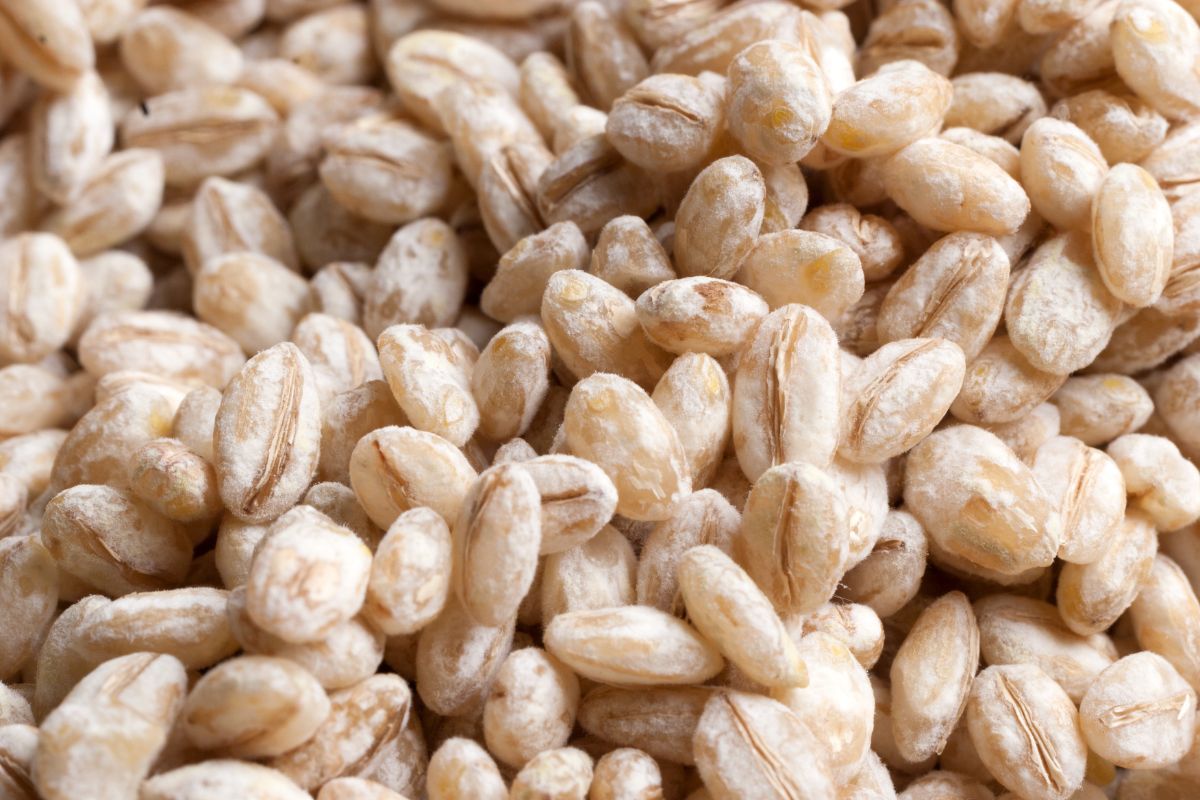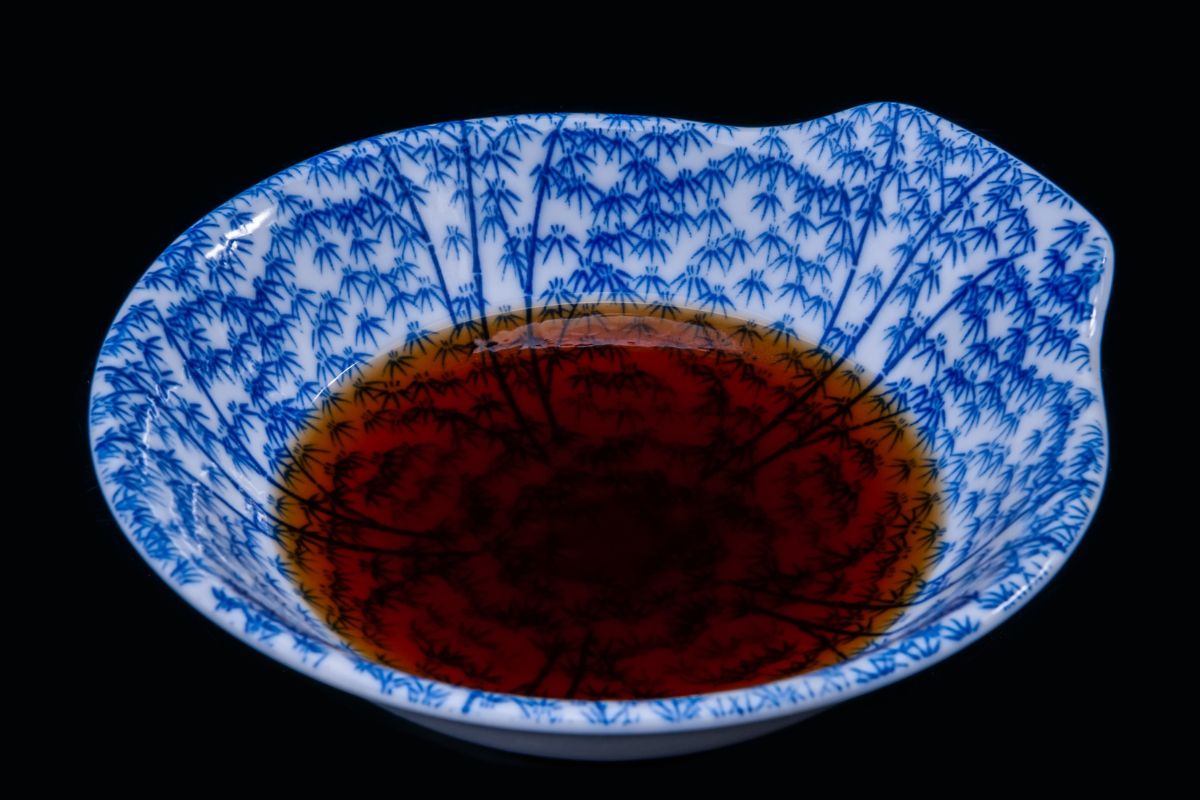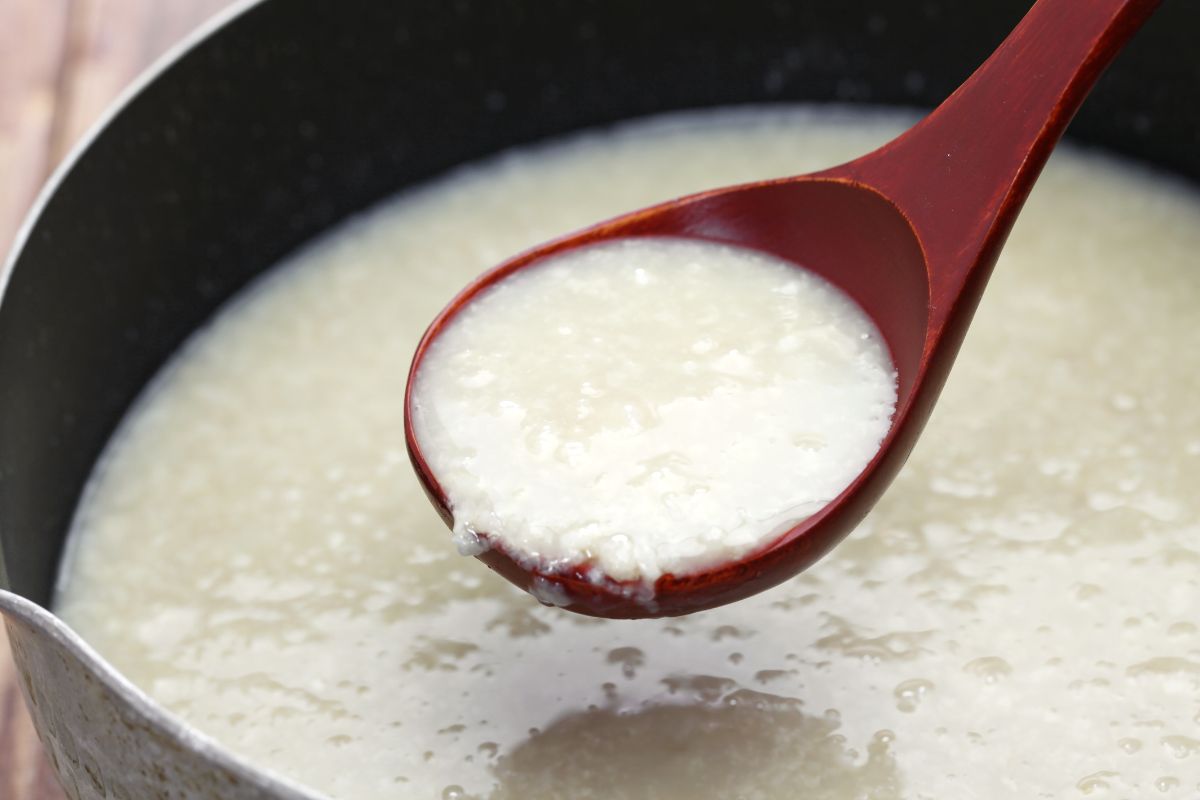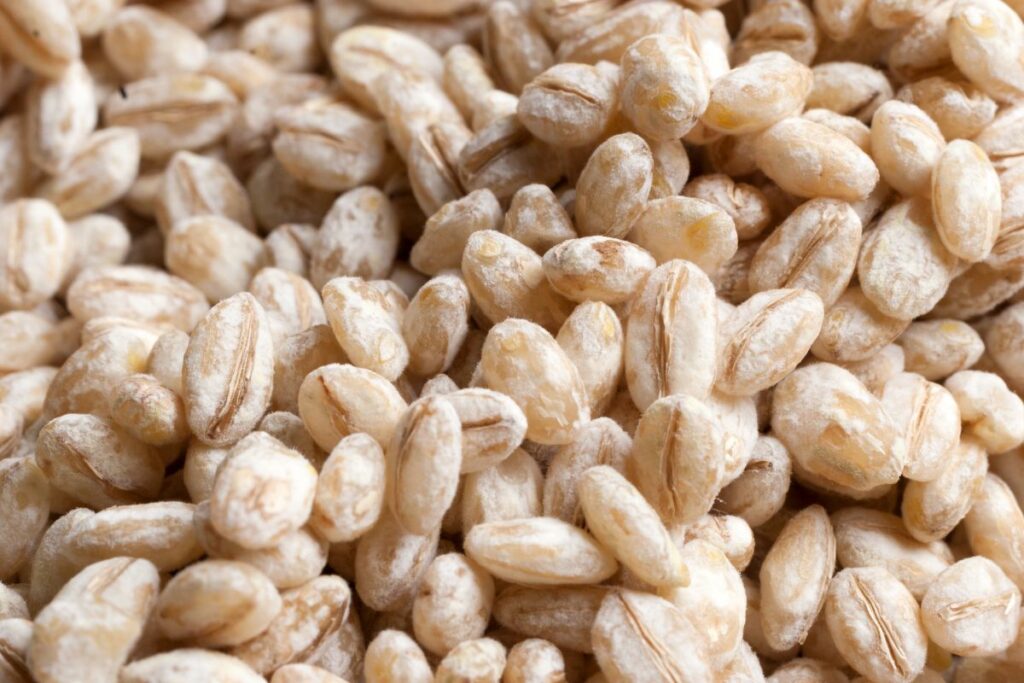Commonly called ‘Japan’s nations fungus’, this fermented food has been a part of Japanese cuisine from as early as 6th century.
Over the years it has spread as an ingredient around the world, and is something you have probably consumed without knowing it.

Koji has been called a magical ingredient that can make any food taste like a stronger version of itself.
But what is this magic grain ingredient (see also ‘10 Popped Grains‘)?
What Is Koji?
Contrary to popular belief, koji is not a yeast. Koji is cooked rice or soybeans that have gone through a 2 day fermentation process from the fungus aspergillus oryzae.
Called ‘koji-kin’ in Japan, this fungus is plentiful across the country which is why it has been used in cooking for so many centuries.
The fungus breaks down the starch and proteins of the grain and turns them into amino acids and sugars. This is what gives koji its unique umami flavor.
While koji is commonly made from rice, it can also be made from a variety of ingredients such as barley or sweet potato (Find out what you need to know about Japanese Rice here). This means that you can find slightly different flavors of koji.
You are also able to buy shelf stable pouches of it, since cultivating koji-kin at home is relatively difficult.
Benefits
The main benefit of koji is its flavor. That rich umami flavor is something that you will struggle to find anywhere else.
There is a reason why this fungus is praised for being in food, instead of feared like other fungus.
There are of course some health benefits too. Koji is known to be high in vitamins such as:
- B1 – Helps your body to use carbohydrates as energy.
- B2 – Helps the body to break down fats.
- B6 – Helps your metabolism and immune system.
- B12 – Helps create new red blood cells.
Like all B vitamins, these ones can promote healthy hair, nails, and skin. They can also help to regenerate brain cells.
Like other fermented foods, it also has probiotic properties to help with digestion. There have been some studies that show probiotics also help with your immune system and cholesterol levels.
Due to the digestive enzymes found in koji, it can help the body fight fatigue.
It should be kept in mind that a lot of foods made from koji are high in sodium. So while koji itself has a lot of benefits, some of the products such as shoyu and miso should be consumed in moderation.
What Foods Can Be Made From Koji?
Shoyu

A Japanese style of soy sauce made from koji. Chinese soy sauce comes in light and dark varieties and are partially brewed and made from 100% soy.
Shoyu is made from a soy and wheat blend which gives it a slightly sweeter taste and more complex flavors.
Sake
Sake is a traditional rice wine which can be served hot or cold. It is known for having a smooth and fruity taste.
Miso
Miso is a staple in Japanese cooking and is made by fermenting soybeans.
It typically comes in a paste form and can be used to make a plethora of dishes including miso soup, miso ramen, and miso glazed mochi.
Mirin
Mirin is another kind of rice wine but is used in cooking rather than drinking. It is similar to sake but has a lower alcohol content and a higher sugar content.
Mirin is used in a lot of marinades and sauces such as teriyaki sauce.
Rice Vinegar
Rice vinegar is one of the key ingredients used when seasoning sushi rice. It has a sweeter taste than other vinegars and is also used in dressings and pickles.
Amazake

This koji-based drink has been rising in popularity in the western market over the years, due to its sweet taste and health benefits.
It is either low alcohol or non-alcoholic and is typically served warm and topped with grated ginger.
It contains nutrients like B1, B2, B6, dietary fiber and folic acid. These nutrients have made amazake a popular hangover cure in Japan. It is colloquially called a ‘drinkable IV drip’.
Shochu
A distilled alcohol made from rice, barley, sweet potatoes, buckwheat or brown sugar. It doesn’t have a fruity taste like sake and is often described as having an earthy or nutty flavor.
Shio Koji
Shio literally translates to ‘salt’ and unlike the other koji-based foods, this one is actually encouraged to be made at home. This is because it is super easy to make and only requires 3 ingredients: koji, water and salt.
How To Make Shio Koji
The general ratio to follow is 5:4:1 for water, koji and then salt. All you have to do is mix all of them together and leave it to ferment for a few weeks stirring every day.
Eventually you will get shio koji, or koji salt as it’s also known by.
Now you may be thinking, that is an awful lot of time to make something. Is shio koji worth it?
Yes. 100% yes.
The end result looks like a white lumpy paste rather than salt but it can be used as a salt substitute in cooking. Not only is it healthier than salt but it is (in our opinion) tastier than salt.
You get a delicious miso-like taste that works great with soups and pasta. You can also make pickled vegetables with it.
But where shio koji really shines is as a marinade. You don’t need to add anything else, just spread shio koji on meat, poultry, fish or vegetables and leave it to marinate.
Make sure you wipe off any excess shio koji before cooking to avoid burning it.
You will experience the best marinade made from 1 ingredient, and it will be your new go-to for when you’re feeling lazy but want a delicious marinade.








